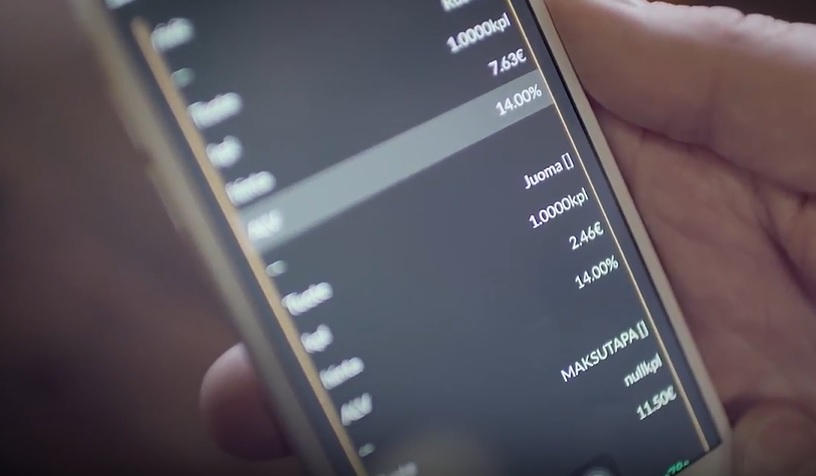
The transfer of paper receipt data into electronic systems consumes a lot of time, money and patience. Automating the process with the Finnish eReceipt will speed up business accounting, help the management of household finances, and substantially cut back on costs. The developers see export potential in the product.
The eReceipt project has not only roused the curiosity of some large businesses, but the Finnish State Treasury has also expressed its interest, saying it is a possible inclusion on the agenda at the Government’s mid-term review. The State Treasury has estimated that eReceipt implementation could bring significant savings to the state and Finnish businesses alike, and has suggested that the state would be willing to pilot the use of eReceipts. The developers also see export potential in eReceipt. Common European standards make it possible to market the structured receipt data solution in the entire EU area.
The complete processing of one paper receipt currently costs about 6 euros. According to the Association of Finnish Accounting Firms, the use of eReceipt can potentially save Finnish businesses €0.8 billion per year.
Materials are publicly available
The project is in line with the Federation of Finnish Financial Services’ (FFI) commitment to sustainable development, part of which is to develop the automated processing of account statements and e-invoices. The Association of Finnish Accounting Firms’ TALTIO program to promote the use of structured data has similar aims: one of its objectives has been to create a machine-readable electronic receipt that can be delivered from the sales system to accounting systems without any manual stages.
“The eReceipt materials are publicly available on the FFI website. With the materials, any company willing to take eReceipt into use can do so”, advises Pirjo Ilola, FFI development manager in charge of the eReceipt work package in the TALTIO program.
In late March, TALTIO tested eReceipt transfer using the e-invoice format. An eReceipt seminar was also held at the turn of the month. The trade industry, service providers, and the Finnish State Treasury presented their views on the need for an electronic receipt solution.
The near future of eReceipt is not without challenges, however. Will consumers take to the innovation, and how quickly will they adopt its use?
“The formats and operating models are already there. The next stage is to really get consumers and businesses excited about the opportunity to get their receipts in a convenient electronic format”, Ilola says.